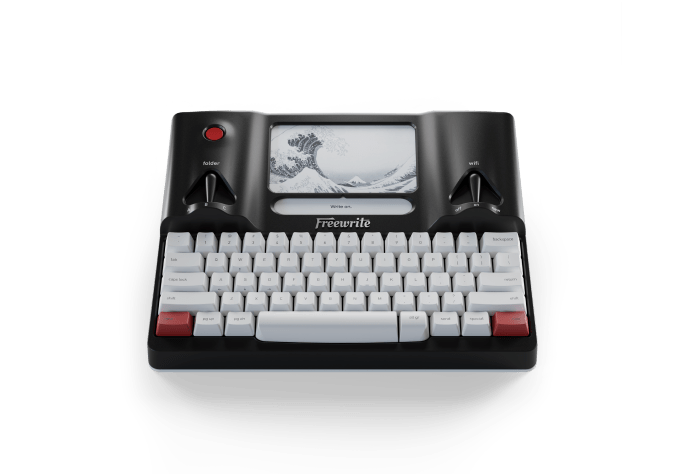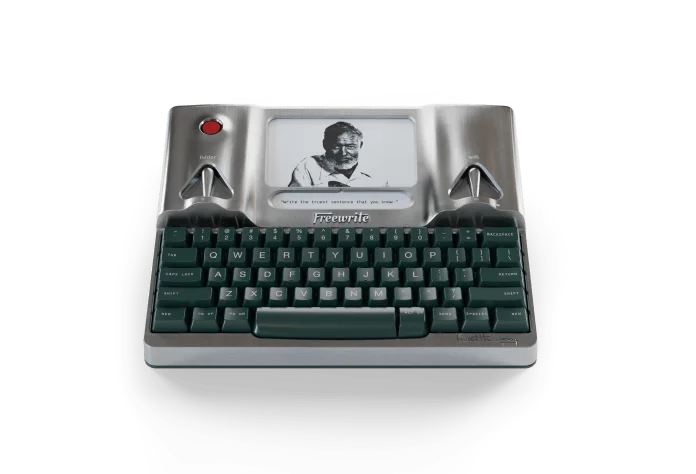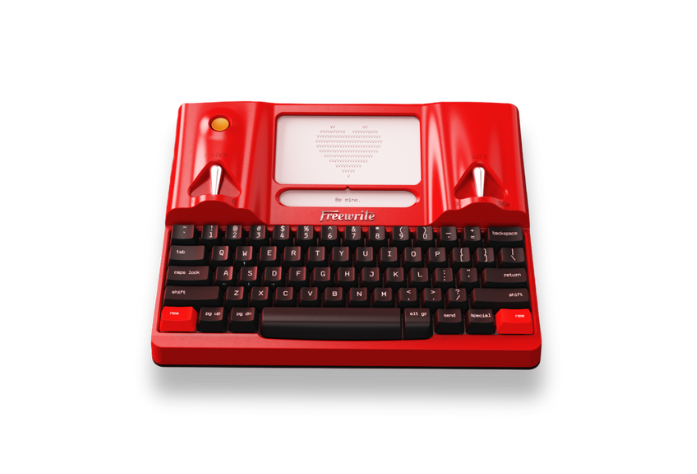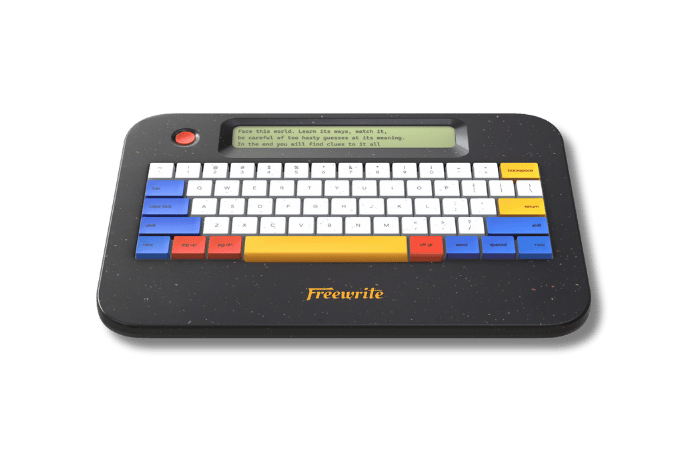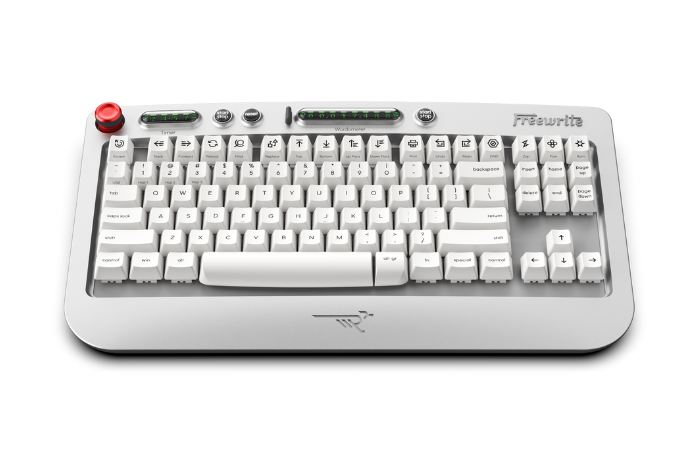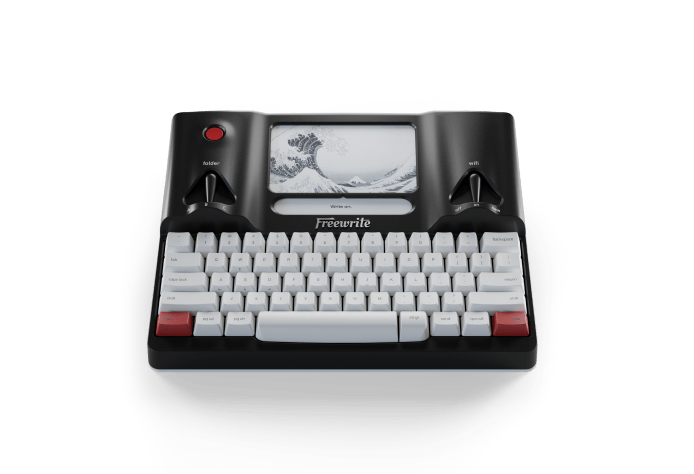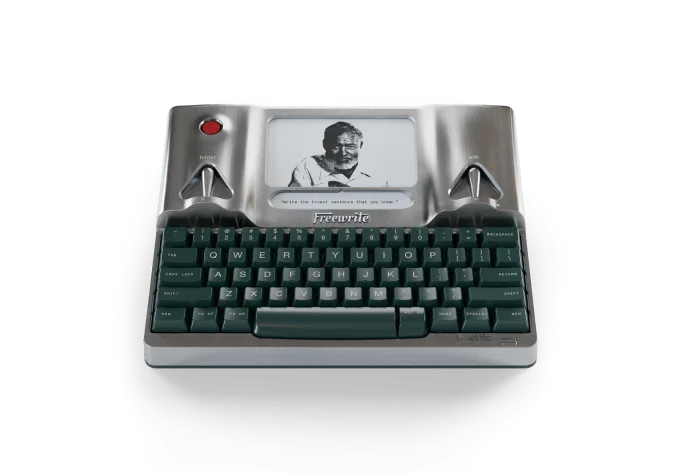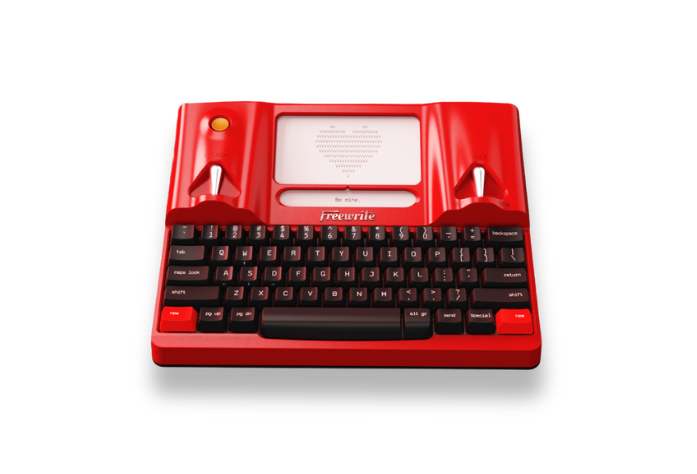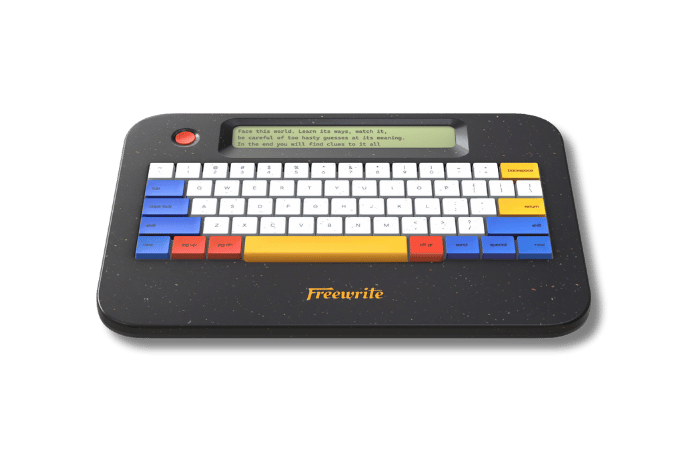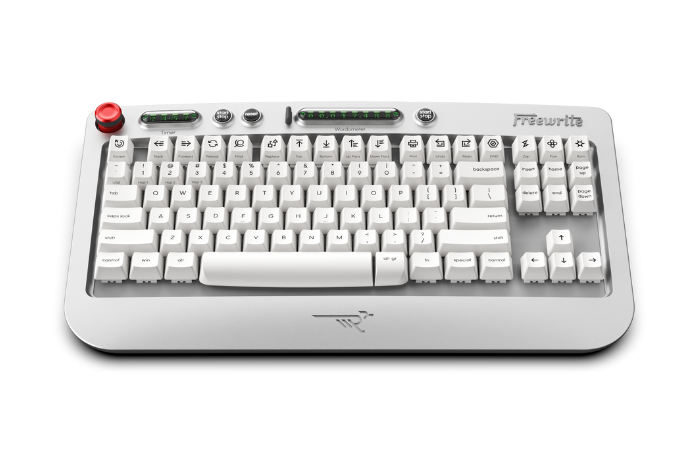Social media addiction is characterized by excessive and compulsive use of online platforms, leading to significant disruptions in daily life, productivity, and mental health. Individuals often spend hours scrolling through feeds, unable to disengage despite diminishing returns on their time. This behavior stems from habitual engagement with applications designed to capture and retain attention. The constant need to check notifications or refresh content undermines focus and reduces time available for meaningful activities. Recognizing the scope of this issue is the first step toward implementing effective solutions.
Mechanisms Driving Addictive Behavior
Social media platforms leverage psychological strategies to sustain user engagement. Features such as infinite scroll, autoplay videos, and algorithmically curated feeds create a seamless experience that encourages prolonged interaction. Notifications, likes, and comments trigger dopamine release, reinforcing the desire to return to the platform. The fear of missing out (FOMO) further drives compulsive checking, as users feel compelled to stay updated. These design elements exploit natural human tendencies, making it difficult to moderate usage without deliberate effort. Additionally, platforms often use variable reward schedules, similar to slot machines, where unpredictable feedback keeps users hooked. Understanding these mechanisms helps users approach their habits with greater awareness and intentionality.
Indicators of Addiction
Identifying social media addiction involves recognizing specific behavioral patterns:
-
Spending excessive time on platforms, often exceeding planned usage.
-
Feeling anxious or restless when unable to access social media.
-
Neglecting responsibilities or relationships due to prolonged scrolling.
-
Using social media as a primary means to cope with stress or boredom.
These signs signal the need for structured interventions to restore balance. Other indicators may include irritability when interrupted during use, difficulty concentrating on tasks, or a sense of guilt about time spent online, which further highlight the need for change.
Consequences of Social Media Addiction
Prolonged engagement with social media affects multiple aspects of life. Productivity suffers as attention is diverted from work or studies, resulting in missed deadlines or substandard performance. Mental health declines as users compare themselves to curated online personas, fostering feelings of inadequacy. Sleep patterns are disrupted when late-night scrolling replaces rest, leading to fatigue and impaired cognitive function. Social relationships may weaken as virtual interactions take precedence over in-person connections. Physical health can also be impacted, with issues like eye strain, poor posture, or reduced physical activity stemming from prolonged screen time. These consequences underscore the urgency of addressing the issue promptly to prevent further deterioration of well-being.
Strategies to Break Social Media Addiction
Overcoming social media addiction requires intentional changes in behavior and environment. The following strategies provide a structured framework for reducing dependency and regaining control over time and attention.
Track and Assess Usage
Monitoring time spent on social media is a critical starting point. Most smartphones include built-in tools to track app usage, offering insights into daily habits. Reviewing these metrics reveals which platforms consume the most time and identifies peak usage periods, such as during commutes or before bed. This data serves as a baseline for setting realistic reduction goals, such as cutting usage by half within a month. Regular assessment, such as weekly reviews, ensures progress is measurable and allows for adjustments to strategies. For example, if a particular platform dominates time spent, users can prioritize limiting its access. Tracking also fosters self-awareness, helping users recognize unconscious habits and make informed decisions about their digital consumption. Tools like spreadsheets or habit-tracking apps can further enhance this process by visualizing trends over time, making it easier to stay accountable.
Set Clear Boundaries
Establishing limits on social media use helps create structure and discipline. Consider the following approaches:
-
Allocate specific time slots for checking social media, such as 15-30 minutes daily.
-
Disable notifications to minimize distractions and reduce impulsive checking.
-
Remove apps from mobile devices, accessing platforms only through less convenient methods like a desktop browser.
These boundaries reduce temptation and promote mindful engagement. Additional measures, such as setting screen-time passwords or using app blockers, can reinforce limits by requiring deliberate effort to bypass them. Creating physical barriers, like storing devices in a drawer during work hours, further supports adherence. Boundaries should be tailored to individual routines, ensuring they are practical and sustainable. For instance, scheduling social media checks after completing key tasks can align usage with productivity goals, minimizing disruptions.
Create Alternative Habits
Replacing social media with meaningful activities disrupts the cycle of dependency. Identify offline pursuits that align with personal interests, such as reading, exercising, or learning a new skill. Scheduling these activities during times typically spent online-such as evenings or lunch breaks-reinforces new routines. For example, dedicating evening hours to a hobby like painting or playing an instrument can diminish the urge to scroll. Engaging in group activities, such as joining a sports team or book club, can also fulfill social needs that social media often mimics. Over time, these alternatives become more fulfilling than passive content consumption. To ensure success, start with small, manageable activities and gradually increase their complexity. Keeping tools or materials readily accessible makes it easier to choose alternatives over social media.
Implement a Digital Detox
A digital detox involves a temporary break from social media to reset habits and perspective. Begin with a 24-hour period, gradually extending to a weekend or week. During this time, avoid all platform interactions and focus on offline activities like reading, hiking, or spending time with family. Prepare for potential discomfort by planning engaging tasks in advance, such as a day trip or a creative project. A detox highlights the extent of reliance on social media and builds confidence in managing without it. To maximize effectiveness, inform close contacts about the detox to reduce expectations of immediate responses. Reflecting on the experience afterward-through journaling or discussion-can solidify insights gained, such as improved focus or reduced anxiety. Periodic detoxes, even monthly, can maintain these benefits and prevent relapse into excessive use.
Curate a Healthier Online Environment
The content consumed on social media influences behavior and emotions. Review followed accounts and unfollow those that trigger negative feelings, such as envy or anxiety. Prioritize content that educates or inspires, such as industry news, skill-building tutorials, or positive communities. Adjusting feeds to align with personal goals-like professional development or personal growth-reduces the emotional pull of platforms and encourages intentional usage. Regularly auditing feeds, perhaps monthly, ensures they remain aligned with these objectives. Muting or hiding posts from accounts that promote comparison or sensationalism can further enhance the quality of online interactions. This curation process transforms social media into a tool for enrichment rather than a source of distraction, supporting long-term habit change.
Address Underlying Triggers
Social media often serves as a default coping mechanism for emotional or psychological states such as stress, boredom, loneliness, or anxiety. These triggers drive compulsive use, as users turn to scrolling for temporary relief or distraction. Identifying these root causes is critical for sustainable change, as it enables individuals to address emotional needs directly rather than masking them with digital consumption. For example, boredom may prompt mindless scrolling to fill idle moments, while stress might lead to escapism through feeds. Loneliness can create a desire for virtual connection, even if superficial, and anxiety, often fueled by FOMO, can result in constant checking to stay updated. Recognizing these patterns requires self-reflection, such as noting when urges arise and what emotions precede them.
To build self-awareness, users can track their behavior over a few days using a journal to record instances of social media use, associated emotions, and situational contexts. This might reveal, for instance, that scrolling peaks during work breaks (boredom) or after stressful events (anxiety). A mindful pause-pausing for a moment to ask, “What am I feeling?”-can also clarify whether the impulse stems from a genuine need or an emotional trigger. Once identified, triggers can be addressed with tailored alternatives. For boredom, mentally stimulating activities like writing, puzzles, or learning a new skill provide purpose.
For stress, relaxation techniques such as deep breathing, progressive muscle relaxation, or short walks offer relief without overstimulation. Loneliness can be mitigated by scheduling in-person interactions, such as joining community groups or meeting friends, which foster deeper connections. Anxiety-driven FOMO can be managed by limiting exposure to curated feeds and setting realistic expectations about staying informed.
Techniques for Managing Triggers
Specific practices can help manage urges to check social media:
-
Practice mindfulness to stay present, focusing on breath or surroundings for a minute to resist impulsive actions.
-
Use physical reminders, like placing the phone in another room or a locked box, to create barriers to access.
-
Engage in brief activities, such as stretching, journaling, or sketching, to redirect attention and channel energy elsewhere.
Tools to Support Focused Offline Engagement
To complement strategies like setting boundaries, building new habits, and undertaking digital detoxes, specialized devices can help minimize social media distractions by offering focused, offline alternatives. The following tools are designed to support these efforts by providing distraction-free environments for creative work, helping users redirect time and attention away from online platforms.
Astrohaus, creators ofFreewrite, crafts distraction-free writing tools like the Freewrite Smart Typewriter and Traveler to enhance focused, offline creativity. Their E Ink devices with cloud syncing and minimalist designs help writers avoid digital distractions, supporting over 600 million words written worldwide. These tools align perfectly with strategies for minimizing social media use by offering dedicated, offline environments for productive work.

1. Ernest Hemingway Freewrite Signature Edition
The Ernest Hemingway Freewrite Signature Edition, or Hemingwrite, is a writing device that eliminates access to social media by excluding internet browsing and notifications. Its mechanical keyboard and E Ink display create a focused drafting experience, while drafts sync to the cloud via Wi-Fi, accessible through a web application when connected to the internet. The minimalist design, inspired by Hemingway’s concise style, supports structured writing sessions, ideal for enforcing time limits or replacing scrolling with productive tasks. A leather attaché case enhances portability, enabling distraction-free work in various settings, which helps reduce reliance on social media-enabled devices.

2. Smart Typewriter (Gen3)
TheSmart Typewriter (Gen3) offers a dedicated platform for offline writing, making it a strong alternative to social media engagement. Equipped with an E Ink display and Kailh Box Brown mechanical switches, it provides a tactile experience without browsers or notifications. Drafts are saved locally and synced to the cloud when connected, keeping the device offline during use. Its long-lasting battery supports extended sessions, perfect for replacing habitual scrolling with creative output or sustaining focus during a digital detox. This tool helps users build productive habits by prioritizing offline creativity.

3. Valentine Smart Typewriter
TheValentine Smart Typewriter combines portability with a distraction-free writing platform, supporting digital detoxes through offline engagement. Its E Ink screen and mechanical keyboard ensure a focused experience, free from social media access. Drafts sync to the cloud for secure storage, accessible only via a separate web application. The water-resistant carrying case allows users to write in distraction-free settings like cafes or parks, fostering creative habits that compete with social media use. By encouraging structured offline activities, the Valentine helps users reset their digital habits.
These devices can enhance efforts to manage social media use by providing purposeful alternatives to online distractions. Incorporating them into daily routines supports the development of sustainable habits that prioritize offline productivity and focus.
Building Long-Term Habits
Sustaining progress requires ongoing commitment to balanced habits. Regularly evaluate social media usage, perhaps biweekly, to ensure it remains within set limits, using tracking tools to monitor trends. Incorporate offline social interactions, such as meeting friends, joining community groups, or attending local events, to fulfill the need for connection and reduce reliance on virtual platforms. Periodically reassess goals to align with evolving priorities, such as new career demands or personal interests. Consistency in these practices solidifies new behaviors and prevents relapse into excessive use. Creating accountability systems, like sharing goals with a trusted friend or using habit-tracking apps, can further support long-term adherence. Over time, these habits transform social media from a dominant force into a manageable tool.
Maintaining a Balanced Relationship with Social Media
Social media, when used intentionally, can serve specific purposes without dominating life. Define clear reasons for engaging with platforms, such as staying informed or networking professionally. Adhere to time limits, supported by tracking tools, and avoid mindless browsing. By prioritizing quality over quantity, users can leverage the benefits of social media-such as access to information or professional connections-while minimizing its drawbacks, ensuring it remains a tool rather than a lifestyle.
Conclusion
Overcoming social media addiction requires a multifaceted approach that combines self-awareness, structured strategies, and intentional habit-building. By recognizing the signs and consequences of excessive use, individuals can implement practical measures—such as tracking usage, setting boundaries, pursuing offline activities, and leveraging tools like the Freewrite Smart Typewriter-to regain control over their time and attention. Sustained progress depends on consistent evaluation and adaptation of these practices. With deliberate effort, social media can transition from a source of distraction to a purposeful tool, fostering a balanced and fulfilling digital life.
FAQ
What is social media addiction?
Social media addiction involves compulsive use of platforms, resulting in excessive time spent online and negative effects on daily life, productivity, and mental health.
How can I tell if I’m addicted to social media?
Signs include spending more time online than intended, feeling anxious without access, neglecting responsibilities, and using platforms to cope with stress or boredom.
How long should a digital detox last?
A detox can range from 24 hours to a week, depending on comfort level. Start with a short period and extend as confidence grows.
Can social media addiction affect mental health?
Yes, excessive use can contribute to anxiety, low self-esteem, and disrupted sleep due to constant comparison and overstimulation.
Are there tools to help limit social media use?
Yes, built-in smartphone features or devices like the Hemingwrite, Smart Typewriter, and Valentine Smart Typewriter can support time limits and offline focus.
What should I do if I relapse into old habits?
Reassess usage patterns, tighten boundaries, and revisit alternative activities. Relapse is common and can be addressed with renewed focus.
When should I seek professional help?
If self-directed efforts fail or addiction significantly disrupts life, consulting a therapist or joining a support program can provide tailored guidance.

